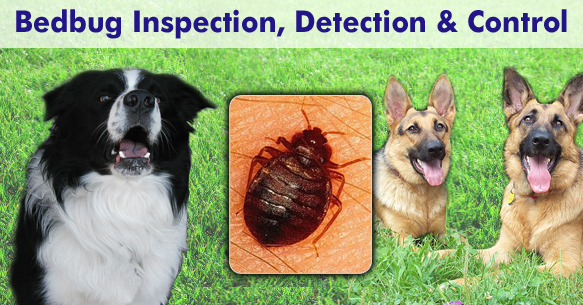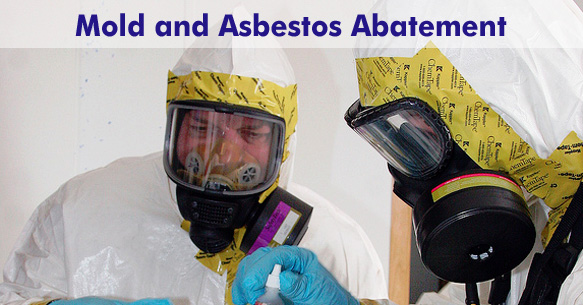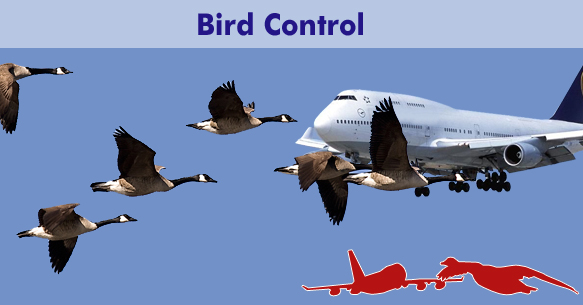
FALL Pest Problems
SUMMER Pest Problems
24/7 Pest Control Service
Integrated Pest Management
Pest Control Products
Bat Exclusion

In today's culture, the bat is commonly associated with what goes "bump" in the night. These winged furry mammals are almost universally feared by people despite the advantages of their presence. Primarily, bats are an excellent form of mosquito control as a bat may eat up to half its body weight in small flying insects in one night. Bats are the only mammals to have the natural gift of flight. Bats are commonly seen hanging upside down as this is their preferred sleeping orientation. In Ontario the most common species of bat you might encounter are the Small Brown Bat, Big Brown Bat, Eastern Pipistrelle, and the Hoary Bat.
Below we have provided you with basic information on the most common bats in Ontario.
For further information please send us an email or call us at
1-888-681-6266.
Where do Bats Live and What do They Eat?
Bats usually feed on small insects like mosquitoes. While some bats may eat fruit or feed on livestock, these species are not found in Canada. Bats typically live in caves, trees, buildings, attics, and under eaves of a roof. Anywhere a bat may hang upside-down is a potential home. Bats are difficult to keep out of buildings as they can squeeze through the tiniest of holes. If you are having a bat problem Nimby professionals will provide immediate assistance.
Are Bats Dangerous?
Since bats in Canada eat insects, they keep their interactions with humans to a minimum. There are two major health risks. First, bat droppings, know as bat guano, are a health hazard. Bat guano, like many bird droppings, are nitrogen rich and are a home to bacteria and fungi that may be hazardous. Specifically, a fungus called Histoplasma capsulatum is common to bat guano and several bird droppings. This fungi may cause Histoplasmosis (Darling's disease), which is primarily a lung disease. Occasionally this disease may spread to other organs and can be fatal if left untreated. The best way to prevent contracting this disease is to avoid bird and bat droppings, especially in your living or working environment.
Secondly, there may be risk of rabies transmission if there is contact between a human and a sick bat. The occurrence of rabies in the bat population is very low, less than two percent according to the Government of Ontario. However, any bat encountered should be considered rabid unless proven otherwise. Twenty-six cases of human rabies have been due to contact with a rabid bat since 1925. Typically, a rabid bat will not exhibit aggressive tendencies like other rabid mammals. A rabid bat will lose the ability to fly well or at all. If you find a dead or dying bat it should be treated as if it were rabid and submit them to the Canadian Food Inspection Agency for testing if people or animals may have had contact.
While bats are harmless creatures on their own, diseases they carry can be hazardous to your health. If you have bats living in your home or workplace, call a Nimby professional.
1-888-681-6266.
Bat Exclusion
The best way to exclude bats from your living environment is to prevent their entry. However, this can be difficult when bats can slip through holes less than a half inch. The best way to remove bats from the building is to trap them out by sealing the hole when they leave to feed at night. Nimby professionals delivery an effective and lost cost solution because they can work at night when bats are active.
At NIMBY, we have extensive experience with wildlife control and offer quick, effective and affordable removal of any bat-related pest problem. Please contact us if you have any questions or would like to enlist our services.
Elimination of all pests, insects & rodentsfont>
Raccoons -Skunks- Squirrels - Dirty Birds - Rats - Mice - Bats - Animal proofing and repairs.
Cockroaches - Cluster Flies - Bed Bugs - Fleas - Carpenter Ants - Bees - Hornets - Wasps
The Nimby Advantage
- TRUE 24 hour service! Answered by a Nimby professional not an answering service.
- Professionally trained pest and wildlife control workers.
- Personalized service. We will tailor your pest or wildlife control measures to your individual situation.
- The Nimby guarantee. We will ensure your 100% satisfaction every time.
Site Links
Pest Identification
About Nimby
Nimby Education Centre
- Airport bird hazard risk assessment process.
- Nimby bird repellers, devices and aversion.
- Certified traps - AIHTA Implementation.
- Protecting your family and pets from rabies (MNR document).
- Bedbug fact sheet (City of Toronto)
- Avoiding bedbug hitch hickers.
- Pest Control Products Act.
- Nimby Fact Sheet - Preparation for Cockroach Treatment.
- Ontario Pesticides Act.
We Control:
Ants, Ant nests, Ask the experts, Bats, Beatles, Bedbugs, Bees, Bee Stings, Birds, Booklouse, Box Elder Bugs, Carpenter Ants, Carpet Beetles, Canadian Pest Management Association, Carpenter ant photos, Carpet beetles, Centipedes, Choosing a pro, Clothes moths, Clover Mites, Cockroaches, Controlling pests, Crows, Finding a Pro, Fleas, Flies, Gnats, Grain beetles, Geese, Gulls, Hantavirus, Home page, Index page, Insects, I.P.M. , Ladybugs, Mice, Millipedes, Moles, Moths, Mold, Other pests, Pantry Pests, Pest pro Associations, Pharaoh Ants, Phorid Flies, Pigeons, Pill Bugs, Powder post beetles, Psocid, Raccoons, Rats, Real Estate & Pests, Red-winged Blackbird, Rodents, Sea-gulls, Skunks, Spiders, Snakes, Sow Bugs, Starlings, Supplies for pest control, Termites, Wasps, Wasp Stings, Wasp Traps, Weevils, Wildlife pests, Wildlife control products
Service Areas
Nimby Pest Management offers Wildlife, Pest, Bird and Animal Control and Control and Removal throughout Ontario. Our Bird Control and Animal Control Services are available in Acton, Ajax, Barrie, Brampton, Burlington, Caledon, Georgetown, Guelph, Hamilton, Kitchener, London, Markham, Milton, Mississauga, Newmarket, Niagara Region, Oakville, Orangeville, Oshawa, Ottawa, Peterborough, Richmond Hill, St. Catharines, Scarborough, Toronto-Central West, Toronto-Central East, Toronto-Etobicoke, Toronto North York, Vaughan, and Whitby. We also serve all Canadian Provinces and most of the U.S. Please contact us for more information.





